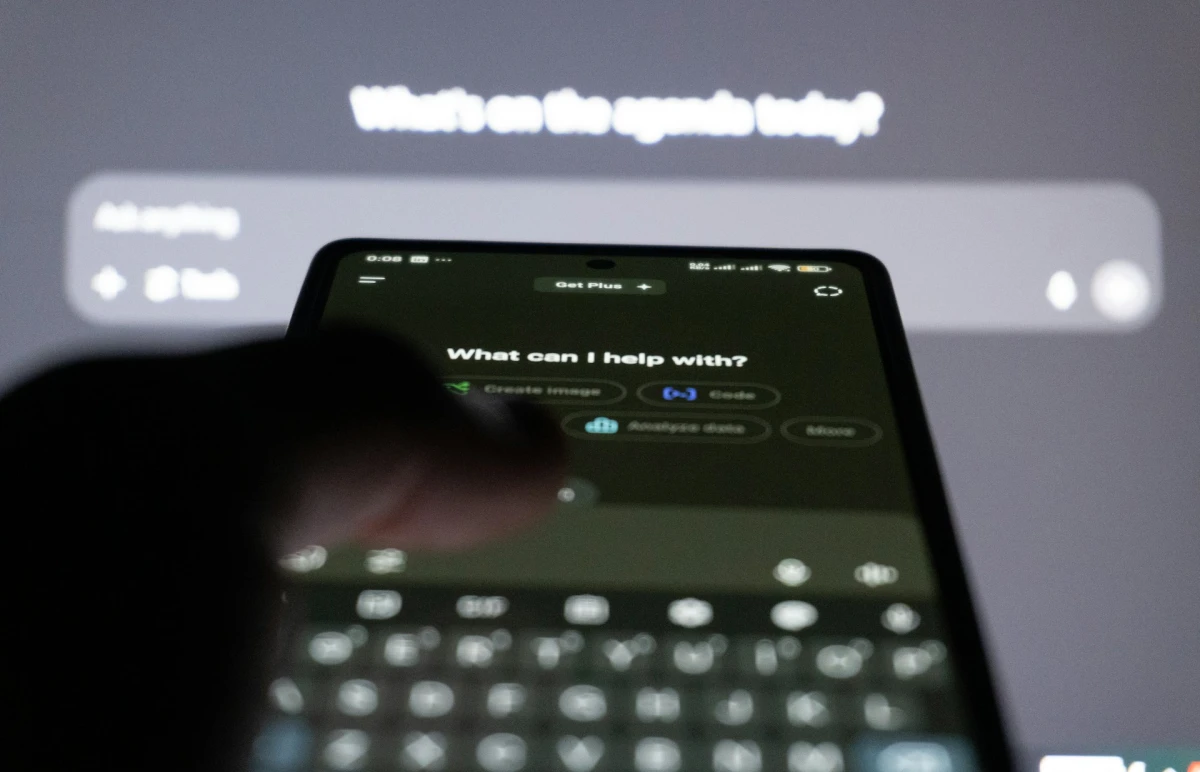Introduction
Most pilots die at the same place: not in code, not in UX, but in procurement. Your MVP demonstrates value, yet stalls when an enterprise buyer asks for architecture diagrams, security attestations, SLAs, and a migration plan. The result is weeks of reactive document-chasing that undermines confidence and momentum.
At CoreLine, we package these answers in advance. We call it an MVP Evidence Pack—an organized bundle that turns a promising prototype into a contract-ready proposal. It shortens enterprise diligence, reduces perceived risk, and gives executives the decision collateral they need to say “yes” with confidence.
Many agencies write about MVP basics, app costs, or design sprints. Far fewer show how to navigate InfoSec, legal, and operational scrutiny that actually closes enterprise deals. For example, you’ll find strong coverage of product strategy, MVP fundamentals, and ROI on leading agency blogs, but little on security questionnaires, data-processing addenda, or runbook readiness for go‑live.
Event/Performer Details

- Title: MVP Evidence Packs for Enterprise Deals (Expert Guide)
- Author: CoreLine product, design, and engineering leads
- Ideal readers: CTOs, CIOs, product directors, startup founders, procurement stakeholders, and InfoSec reviewers
- Formats included: checklists, outlines, example tables, and a week-by-week assembly plan
- Outcomes: accelerate procurement, de-risk go‑live, and align your MVP with enterprise architecture and operating expectations
Why You Shouldn’t Miss It

- Actionable: a field-tested checklist you can start executing this week.
- Buyer‑centric: maps precisely to what enterprise security, legal, and operations teams ask.
- Efficient: reuses discovery and build artifacts you already have from MVP development services.
- Scalable: works for custom web applications, platforms, and mobile apps across regulated and non‑regulated industries.
- Commercial: connects technical diligence to a clear ROI story and total cost of ownership (TCO).
Practical Information
- Reading time: ~12–15 minutes
- Who should assemble it: a lead PM or solution architect with input from engineering, design, security, legal, and customer success
- When to build it: begin as soon as your MVP validates core value; don’t wait for an RFP to scramble
- Deliverable format: a single, versioned PDF plus an appendix folder with source diagrams and spreadsheets
What an MVP Evidence Pack Includes
The goal is to pre‑answer the questions enterprises ask before they contract or expand a pilot. Below is a pragmatic, buyer‑aligned table of contents. Adapt it to your product and sector.
1) Executive Brief
- One‑page narrative of the problem, solution, and measurable outcomes from your MVP.
- A concise “decision dashboard”: cost, timeline, risk profile, and expected payback period.
- Callouts for integrations, data domains, and critical constraints.
2) Architecture and Data Flows
- Current and target logical architecture diagrams, with boundaries between your system, client systems, and third‑party services.
- End‑to‑end data lineage for key records (PII, PHI, PCI, or sensitive operational data).
- Environment layout: dev/test/stage/prod, with change promotion gates.
Tip: keep a “reader’s guide” legend so non‑technical executives can follow the diagram at a glance.
3) Security and Compliance Dossier
- Controls overview mapped to common frameworks (e.g., SOC 2 trust criteria or ISO/IEC 27001 control families), plus product‑level mitigations like encryption in transit/at rest, key management, and least‑privilege access.
- Sample answers for standard vendor security questionnaires (VSQs) and policies for incident response, vulnerability management, and data retention.
- Results excerpts from penetration testing or SAST/DAST where available; summarize the remediation process and timelines.
Enterprises increasingly expect security proof points early, even from a digital product design agency or custom web app development agency. Publishing a clear, mapped control overview reduces back‑and‑forth and builds trust with InfoSec reviewers.
4) Privacy and Data Processing
- Data Processing Agreement (DPA) summary, including sub‑processors, transfer mechanisms, and data residency options.
- Data subject rights workflows (access, deletion) and audit trails to support compliance reviews.
- Pseudonymization/anonymization patterns used in lower environments.
5) Service Levels and Operability
- MVP‑appropriate SLOs and error budgets, with a path to contract‑grade SLAs as usage hardens.
- On‑call rota, escalation paths, and incident response SLAs for critical severities.
- Operational runbooks: health checks, backups/restores, configuration drift checks, and routine maintenance windows.
6) Deployment, CI/CD, and Change Control
- Build and release pipeline stages, with checks for tests, security scans, and approvals.
- Rollback and feature flag strategy to decouple deploy from release, enabling safe experiments.
- Evidence of infrastructure-as-code for reproducibility and auditability.
7) Integration Contracts
- API surface and versioning approach; publish OpenAPI/GraphQL schemas and rate limits.
- Retry/timeout patterns, idempotency keys, and dead‑letter handling for reliability.
- Integration test stubs and sandbox endpoints to accelerate client QA.
8) Identity, Access, and Tenant Model
- Supported SSO protocols (SAML/OIDC), SCIM for provisioning, and RBAC model.
- Tenant isolation strategy for multi‑tenant deployments and per‑tenant config policies.
- Session management, step‑up auth, and device trust constraints when applicable.
9) Environments, Regions, and Resilience
- Options for single‑region vs. multi‑region deployment and associated RPO/RTO.
- Circuit breakers, bulkheads, and backpressure strategies—explained in plain language.
- Region‑aware feature rollout plan if the client expands geographically.
10) Observability and Quality
- Metrics, logs, and traces you monitor, with alert thresholds tied to user impact.
- Quality gates: code coverage targets, mutation testing (where justified), and accessibility checks in pipelines.
- Synthetic checks for critical user journeys.
11) Implementation and Change Management Plan
- A 30/60/90‑day plan from pilot to first production use, including user training and comms.
- RACI across client/agency/vendor roles to prevent handoff gaps.
- Back‑out plans and success exit criteria for each phase gate.
12) Commercials, ROI, and TCO
- Transparent pricing model tied to usage drivers; forecast scenarios for 12–36 months.
- Benefits model: hard savings, revenue uplift, risk avoidance—aligned to executive KPIs.
- Cost of delay and internal rate of return (IRR) to support CFO decision frames.
Building the Pack in 10 Working Days
Here’s a pragmatic schedule you can reuse. The assumption: your MVP is running and you have the core artefacts.
- Day 1: Kickoff, scope, and assign owners to each section. Create a master outline and a central folder.
- Day 2: Draft Executive Brief and pull existing diagrams. Identify missing flows and controls.
- Day 3: Security and privacy—compile control mappings, VSQ answers, and DPA summary.
- Day 4: SLAs/SLOs, on‑call, and runbooks. Align with what your team can realistically support at MVP scale.
- Day 5: CI/CD, change control, and test evidence. Export pipeline screenshots and approvals history.
- Day 6: Integration contracts and identity. Export schemas; document RBAC and SCIM.
- Day 7: Regions/resilience and observability. Write RPO/RTO definitions and monitoring dashboards.
- Day 8: Implementation plan and RACI. Schedule training and comms deliverables.
- Day 9: Commercial model, TCO, and ROI forecast. Validate with finance and product.
- Day 10: Red‑team review with someone not involved in drafting; run a “dry procurement” to find gaps.
What Buyers Ask First (And How to Answer)
- “Can you pass our security review?” Provide the Security and Compliance Dossier with mapped controls and proof of remediation cadence. Include any independent attestations or recent pen test summaries where available.
- “Will this integrate with our identity and provisioning?” Show SSO/SCIM support and explain least‑privilege RBAC with concrete examples.
- “What happens when something breaks?” Present SLOs, on‑call rota, and runbooks. Tie alerts to user impact and response targets.
- “How will costs scale?” Share the usage‑based cost model and a 3‑scenario forecast (conservative, base, aggressive).
- “How do we migrate from pilot to production?” Walk through your 30/60/90‑day plan with clear exit criteria and a training schedule.
Competitive Research Snapshot
- Many agency blogs excel at MVP primers, cost guides, and general product strategy—great for early exploration but light on procurement execution (e.g., “What Is a Minimum Viable Product,” “How Much Does It Cost to Make an App,” and product strategy pieces).
- Product consultancies share deep process playbooks and design‑led methods, yet typically stop short of the InfoSec/legal evidence buyers request during vendor onboarding.
- Large engineering firms publish thought leadership on AI and digital shifts; again, strong on trends and transformation, less on the nuts and bolts of security questionnaires, SLAs, and DPAs for MVPs.
This gap is the opening your MVP Evidence Pack is designed to close.
Common Pitfalls (and How to Avoid Them)
- Over‑promising SLAs at MVP scale. Start with SLOs and a roadmap to contractual SLAs as load and operational maturity grow.
- Treating security as an appendix. Move the Security and Compliance Dossier up front and map claims to recognizable frameworks to reduce rework.
- Ignoring change management. A crisp RACI and training plan prevents “who owns this?” delays during go‑live.
- One‑off diagrams. Keep source diagrams in version control; update the pack with each release to stay aligned with reality.
- Pricing misalignment. Tie pricing to usage drivers your buyer can forecast; include thresholds and ceiling safeguards.
How CoreLine Helps
Whether you’re a startup seeking MVP development services or an enterprise exploring vendor‑neutral enterprise application development, our team assembles and operationalizes Evidence Packs that clear security, legal, and operational gates. As a digital product design agency and custom web app development agency, we bring design, engineering, and product consulting under one roof, plus mobile app consulting for platform parity. The outcome: faster pathways from pilot to purchase order—without compromising reliability or compliance.
Conclusion
Procurement‑ready doesn’t mean heavyweight. Done right, an MVP Evidence Pack is a concise, business‑first answer to how your product runs safely, performs reliably, integrates cleanly, and delivers ROI. It changes the conversation from “convince me” to “schedule rollout.”
If you’d like CoreLine to assemble or audit your MVP Evidence Pack, align it to your buyer’s diligence process, and build the few missing pieces, contact our team and we’ll get you contract‑ready.






